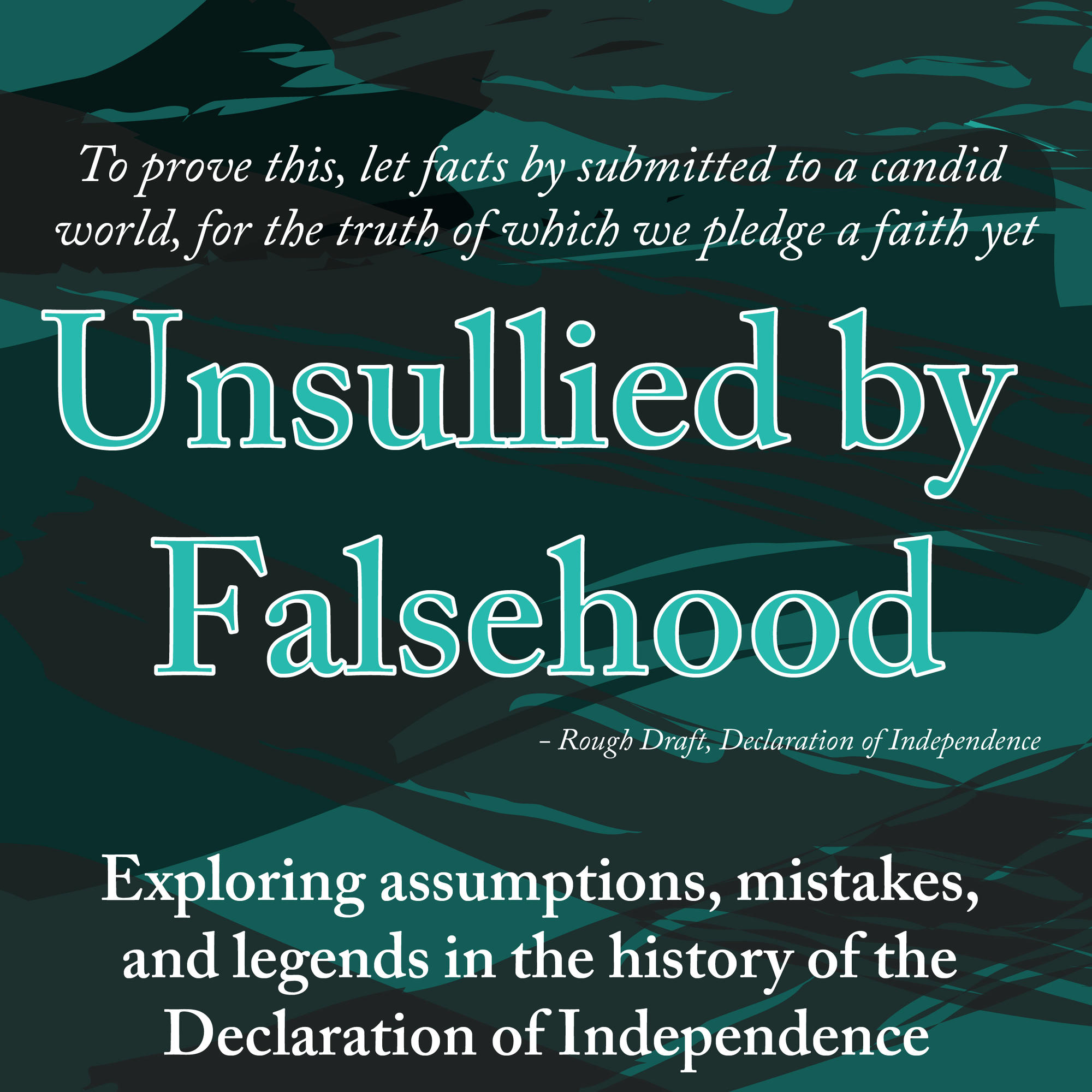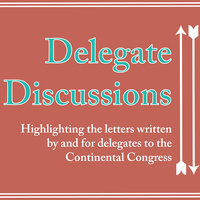 In previews last year, the award-winning musical Hamilton included a short song at the top of Act 2 (between Thomas Jefferson's "What'd I Miss?" and "Cabinet Battle #1") that was cut before the musical moved to Broadway. The number was called "No John Trumbull", and antagonist/narrator Aaron Burr sang the following lines:
In previews last year, the award-winning musical Hamilton included a short song at the top of Act 2 (between Thomas Jefferson's "What'd I Miss?" and "Cabinet Battle #1") that was cut before the musical moved to Broadway. The number was called "No John Trumbull", and antagonist/narrator Aaron Burr sang the following lines:
You ever see a painting by John Trumbull?
Founding Fathers in a line, looking all humble
Patiently waiting to sign a declaration, to start a nation
No sign of disagreement, not one grumble
The reality is messier and richer, kids
The reality is not a pretty picture, kids
Every cabinet meeting is a full-on rumble
What you 'bout to see is no John Trumbull
- Hamilton: An American Musical, Lyrics by Lin-Manuel Miranda

The founding of the United States of America was certainly not the "pretty picture" John Trumbull's Declaration of Independence leads the viewer to believe. More specifically, the events surrounding the Declaration of Independence had very little resemblance to this now famous painting.... Read more about Unsullied by Falsehood: No John Trumbull

 Last month, we debunked
Last month, we debunked  It took a full month for news of the Declaration of Independence to spread throughout the 13 colonies-turned-United States. That means that almost every day for a month, new communities were learning about the Declaration and celebrating accordingly. In this month's research highlight, we take a glimpse into local proclamations and celebrations of independence in the summer of 1776, and how those initial festivities still influence our Fourth of July festivities today.
It took a full month for news of the Declaration of Independence to spread throughout the 13 colonies-turned-United States. That means that almost every day for a month, new communities were learning about the Declaration and celebrating accordingly. In this month's research highlight, we take a glimpse into local proclamations and celebrations of independence in the summer of 1776, and how those initial festivities still influence our Fourth of July festivities today.
 The Journals of the Continental Congress provide very few details about the events in late June and early July 1776. Thomas Jefferson kept notes on the proceedings, but for the rest of their lives he and other delegates tried (often in vain) to remember exactly what happened in those days. Our best glimpse into Independence Hall, and especially into the minds and emotions of the delegates to Continental Congress, is through the letters they sent to family, friends, and colleagues. Here is a glimpse, spanning from June 28th through July 9th, of what the delegates were writing while in Philadelphia, and what they were feeling as they answered the "Great Question" of American independence. For the full-length letters, see the Library of Congress' digital transcriptions of
The Journals of the Continental Congress provide very few details about the events in late June and early July 1776. Thomas Jefferson kept notes on the proceedings, but for the rest of their lives he and other delegates tried (often in vain) to remember exactly what happened in those days. Our best glimpse into Independence Hall, and especially into the minds and emotions of the delegates to Continental Congress, is through the letters they sent to family, friends, and colleagues. Here is a glimpse, spanning from June 28th through July 9th, of what the delegates were writing while in Philadelphia, and what they were feeling as they answered the "Great Question" of American independence. For the full-length letters, see the Library of Congress' digital transcriptions of 
